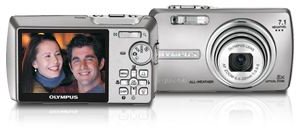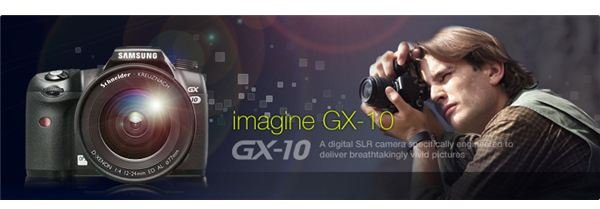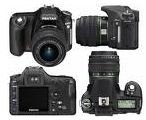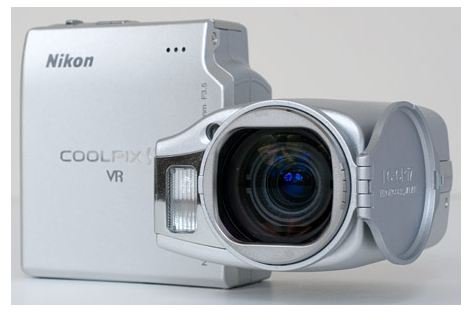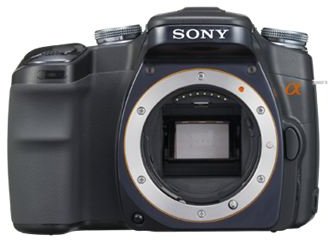Digital Camera Image Stabilization Technology: Counteracting the Shaky Hand - Including Lens-Shift, Sensor-Shift and Gyro Stabilizers
Every photographer knows that blurry pictures can ruin a good day of shooting. Nothing can be more frustrating than thinking that the perfect picture has been captured, only to find that it’s out of focus. Caused by shaking hands and the lack of a tripod, it has been the torment of photographers since the dawn of photography.
There are, however, new technologies on the market to allow the clumsy tripod to be left at home and still capture that perfect shot, even in low light and at slower shutter speeds. Known as image stabilization, it can be referred to many other names in the industry, including IS, VR (Vibration Reduction) and OS (Optical Stabilizer), depending on which company is selling the product. There are three basic types of image stabilization: lens-shift, sensor-shift and gyro stabilizers.
Lens-shift is where the stabilizing mechanism is in the camera lens. This device works best with longer focal lengths. An advantage of this system is that the image will appear stabilized in the viewfinder since the image is stabilized externally. The lens-shift technology can be used with Nikon, Canon, Sigma and Leica cameras.
But, there are drawbacks to this system. The lens must be bought separately from the camera. The price of each lens can vary from a few hundred dollars to several thousand dollars depending on the type of lens. Another disadvantage is that the desired focal length may not be available with the stabilizer technology.
Sensor-shift stabilization is another technology that is available to users. The stabilization sensor is built into the camera itself; therefore, the need for a separate lens is eliminated. In this way, it is less expensive than the lens-shift version. Here the image that is recorded into the camera is the only object stabilized. The image in the viewfinder is not.
This technology can be found in some models of Sony, Olympus, Samsung and Pentax cameras, including the Sony DSLR-A100 [See Image 1], Olympus Stylus 750 [See Image 2], Samsung GX-10 [See Image 3] and Pentax K100D [See Image 4]. It is also available in the Nikon Coolpix S10 [See Image 5]. Cameras with this feature can cost anywhere from $200 to $1,000.
The above two methods counteract shaking by pulling in the alternative direction, shifting to compensate for the motion of the camera. The gyro stabilizer is quite different. It’s meant to act like a free-floating tripod.
The gyro stabilizer consists of a battery-powered case that attaches into the tripod socket of the camera. It takes a few minutes to power up, but acts exactly like a tripod in the way it provides sharper, non-blurry images. Two wheels within the device spin at over 22,000 RPM. Kenyon Gyro Stabilizers [See Image 6] can run the gamut of $1,000 to $4,000.
All of these devices will help create perfect action shots in imperfect conditions. Based on the user’s budget and needs, one of these will definitely fit the requirements of any photographer.
Images
